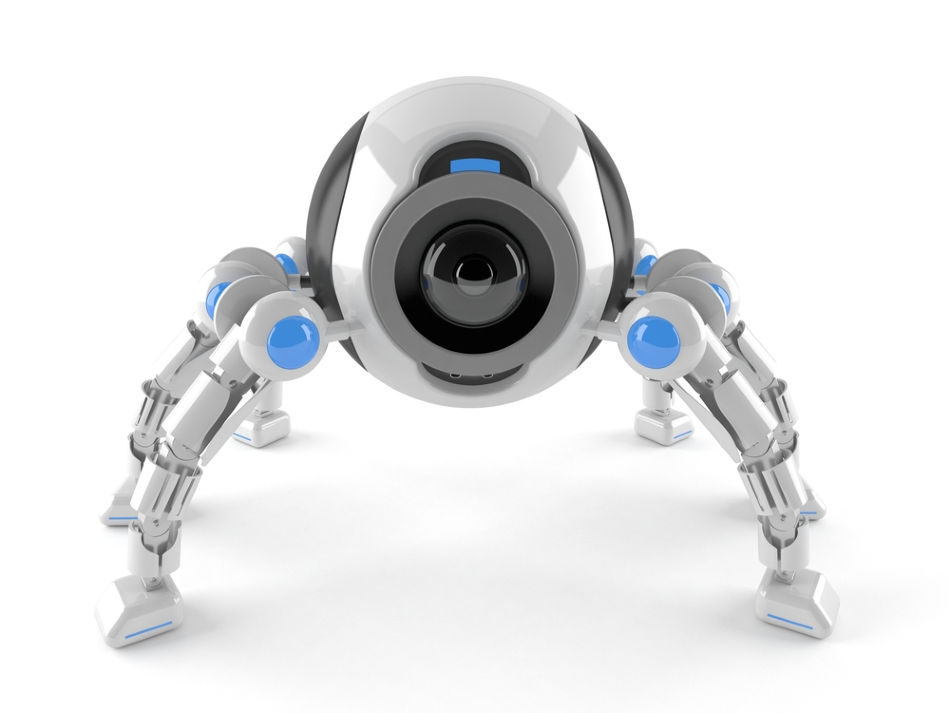Oct 2 2014

Image Credit: Talaj/Shutterstock.com
Article updated on 04/03/20 by Mihaela Dimitrova
A mobile robot is designed with the use of complex locomotion mechanisms that facilitate movement and navigation through its environment. The designs of legged locomotion mechanisms are inspired by biological systems that move through harsh terrains. Robotic locomotion systems vary from one-legged to six-legged systems mimicking different biological species.
A legged robot is capable of traveling through harsh terrains, climbing steps or taking long strides to cross gaps, the other main system type is wheel-driven systems.
Basic Principle
Motion stability of robots can be either static or dynamic, a robot is said to be statically stable when its center of mass lies within the support area. Dynamic stability is achieved by providing appropriate robotic movement to compensate for the offset of the center of mass from the support area. Dynamic stability for mobile robots is achieved by a locomotion system fitted with motion and velocity sensors and controlled robotic motion.
The legs of a mobile robot have a minimum of two degrees of freedom (DOF), lifting and swinging. Each degree of freedom requires a joint powered by a servo motor. Increasing the DOF assures a more complex but flexible maneuverability of the robot. In the meantime, increasing the number of legs within a robot requires more dynamic stability.
Applications of Legged Robots
Some of the common applications of legged robots include:
- Entertainment
- Military
- Industrial
References and Further Reading